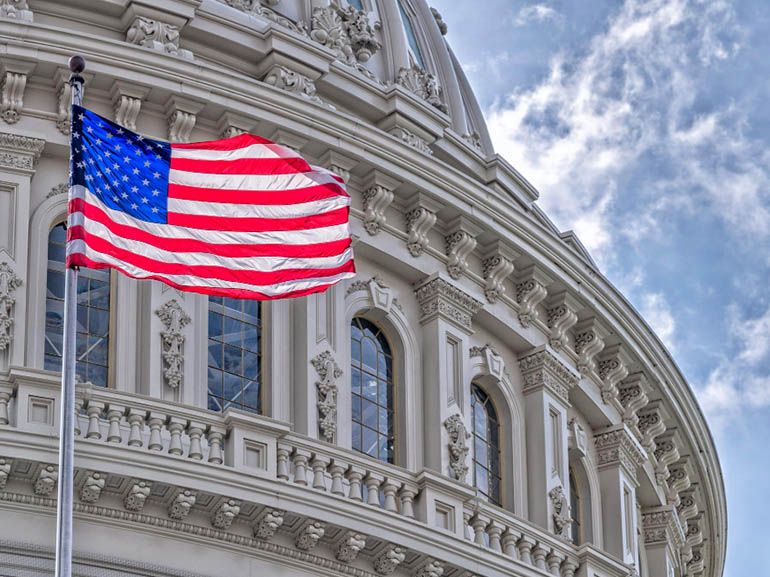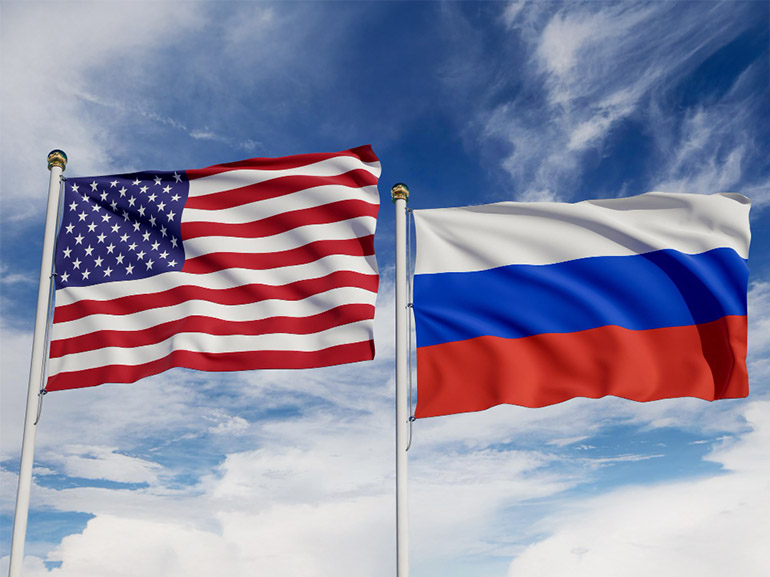CPI Critical as Fed Caught Between Trade & Jobs
S&P 500 (ES), Nasdaq (NQ) and Dow Jones (YM) all slid on Monday, 11 August, despite a last-minute 90-day extension of the US-China truce deal. The session was labelled as a “placeholder” ahead of today’s CPI release and the Monthly Treasury Statement (MTS).
Following weak labor market figures, if inflation comes in softer than economists expect, it could increase the chances that the Fed cuts interest rates on 17 September. As of the time of the writing, Tuesday (12 August), ahead of the CPI release, the Fed Watch Tool shows an 86% chance of a 25-basis-point reduction at the next FOMC meeting, down from 93% a week ago. (Source: Barron’s)

TL;DR
U.S. stock indices fell despite a 90-day U.S.-China tariff truce extension
Chipmakers like Nvidia and AMD are hit by a new export licence fee deal
CPI expected to rise; hot numbers could delay Fed cuts, while soft data supports dovish policy
Fed officials are cautious, balancing inflation risks with a weakening labour market
Tariff costs passed to consumers; higher inflation complicates rate cut justification
Unemployment remains near 4%; the Fed may shift focus to jobs if trade pressures persist
Trump Extends China Tariff Truce Amid Market Uncertainty
The leading stock indices in the U.S. ended Monday lower despite U.S. President Donald Trump announcing another 90-day extension of higher tariffs on China to November 10, just a day before the previous trade truce expired. The executive order prevented tariffs from ramping up to 145% and 125% for China and the US, respectively, while keeping intact the 30% and 10% levies agreed upon in Geneva back in May. However, Trump still threatens China with secondary tariffs in an effort to stop them from buying Russian oil (CL) and achieve a ceasefire deal between Ukraine and Russia.
Several trade deals and outperforming corporate earnings had sent major U.S. indices to new records over the months. Nasdaq even spiked to a new record intraday on Monday after Trump said last week that he would allow tariff exemptions to U.S. companies building in the U.S. However, chip stocks like Nvidia (NVDA) and Advanced Micro Devices (AMD) took a blow on Monday as they agreed to pay the U.S. government 15% of their revenue for access to export licences specifically to China. Nvidia said it expects an $8 billion hole in its earnings from export restrictions, while AMD reported a hit of $800 million.
Still, with the earnings season coming to a close, investors are back to focusing more on economic data, especially since inflation is expected to tick higher in August. (Source: The Wall Street Journal)
August CPI Report Could Determine Fed Rate Cut Timeline
The US CPI report is expected to show its most significant increase this year on a month-on-month basis, rising 0.3%, with the year-on-year figure up to 2.7% from 2.4% prior. The core rate, which strips volatile items like energy and food, is also expected to rise by 10 basis points across both timeframes to 0.2% and 2.9%. Hot CPI figures would delay interest rate cuts by the Fed and pressure U.S. indices, while softer numbers would reinforce market expectations of a September cut and suggest further dovishness down the line.
Following the last FOMC meeting in July, where board members decided to hold and observe the impact of tariffs, officials have since taken a softer stance on policy amid weaker jobs. However, San Francisco Fed President Mary Daly did not see risk brewing from tariffs. She also pointed specifically to the declining labour market and wage growth and called for a quick response. “We know that once the labour market stumbles, it tends to fall quickly and hard,” she added. Minneapolis Fed President Neel Kashkari also suggested a “near-term” cut.
June showed tariff–related price pressures creeping into consumer products. Goldman Sachs (GS) analysts believe that consumers have absorbed a mere 22% of tariff-related costs through June, with the share going up to 67% if tariff patterns continue. If inflation rises due to tariffs, it will not be easy to justify a rate cut. (Source: Reuters)
Fed Balancing Act: Inflation vs. Jobs
Despite recent calls for a rate cut and near-unanimous expectations for a September cut, inflation remains far from the Fed’s 2.0% target, with most FOMC members still expecting higher prices due to highly priced imported goods. And with unemployment stuck near 4.0% due to Trump’s immigration policies, the central bank is expected to cut just twice more in 2025 over three meetings. Still, the market appears undecided on the number of rate cuts, with both the October and December FOMC meetings showing a split.
Some experts argue that the US–China truce extension will allow for further de-escalation in trade, especially as U.S. retailers prepare to ramp up imports for the holiday season. China tariffs have also decreased from 145% to 30%, with some products now bypassing tariffs via Southeast Asian countries. However, with effective tariffs at 18.6%, job creation may suffer more as companies try to survive the hit to revenues by letting staff go. So, the Fed might eventually focus more on unemployment to balance its dual mandate goals, ensuring the country doesn’t fall into stagflation. (Source: CBS)
Market Outlook and Trading Implications
Investors are on edge ahead of the CPI print, with market volatility likely to remain elevated. Any surprise in inflation or Fed signals could quickly shift rate cut bets and set the tone for equities in the weeks ahead. Trade headlines and leadership updates from Washington will also stay in sharp focus.
*Past performance does not indicate future results.
*The above are only projections.
FAQs:
Why was the 9 July tariff deadline delayed?
To allow more time for trade talks, the new deadline is 1 August.
How did markets react?
On Sunday, U.S. stock futures dipped slightly on tariff delay news.
When is the next U.S. jobless claims report?
Thursday, 10 July. Forecast: 240,000 new claims (up from 233,000).
Which companies report earnings this week?
Delta, Levi Strauss (10 July), Aeon (11 July).
What global data should traders watch?
Key reports from China, Germany, France, Canada, and the U.S.
What could affect Fed rate decisions?
Upcoming inflation data (CPI, PPI, PCE) and jobless claims.
Why did U.S. indices drop on Monday?
Expectations of inflation increases, new tariffs on Nvidia and AMD, and anticipation of CPI drove declines.
Did the US-China truce extension help markets?
No, indices still fell despite a 90-day truce extension.
What’s the market expectation for a Fed rate cut in September?
As of pre-CPI, there’s an 86% chance of a 25 bps cut at the next FOMC meeting.
How could the upcoming CPI report impact rate cut expectations?
A softer CPI could increase chances of an October and/or December cut; a hot CPI could delay it.
What happened to major tech stocks?
Most tech stocks fell as Nvidia and AMD led declines after a new 15% hit by the U.S. government.
How are Nvidia and AMD affected by new trade rules?
Both face big hits to earnings from new U.S. export licence fees to China.
What are the risks to U.S. employment from current trade policies?
Higher tariffs may hurt job creation as companies cut staff to manage costs.









